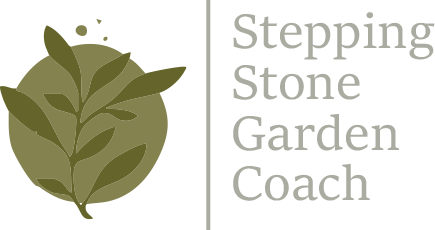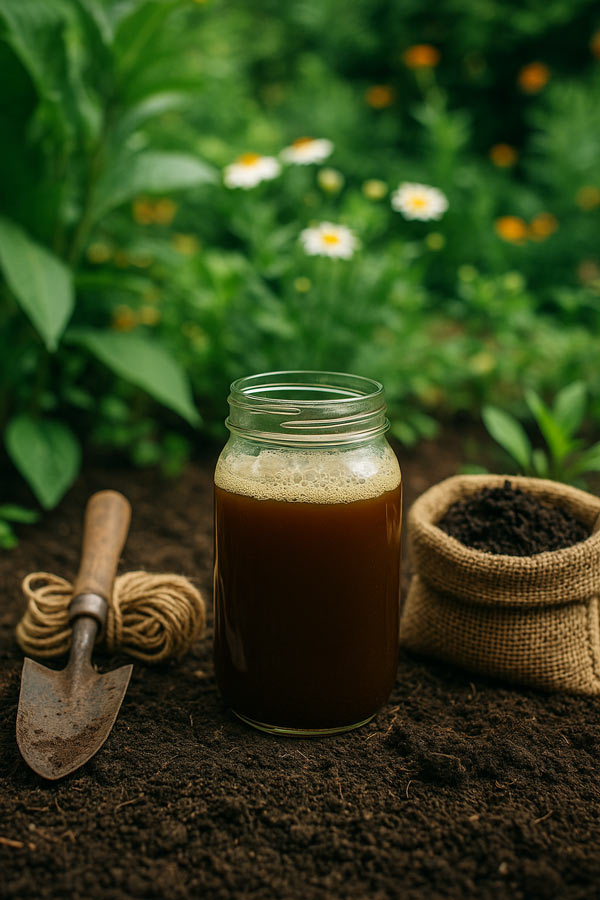Welcome to the Heat & Heart of Summer Gardening
June in Central Florida arrives with a wave of warmth and lush possibility. Temperatures hover between 73°F in the early mornings and climb into the high 80s by afternoon. With average rainfall around 7 to 8 inches, the summer wet season begins to unfold—bringing both hydration and humidity to our gardens. Afternoon thunderstorms roll in like clockwork, offering relief from the heat while giving your plants the deep soak they need.
But June also signals a seasonal shift in how we care for our gardens. From June 1st through September 30th, Florida’s fertilizer blackout period is in effect for many counties, including Manatee, Sarasota, and Hillsborough. This regulation is designed to protect our waterways from nutrient runoff during the rainy season—making organic and soil-based methods all the more important right now.
So what can you plant this month? June is perfect for heat-loving crops like:
Southern peas (cowpeas, black-eyed peas, zipper cream) – these thrive in summer heat and enrich your soil with nitrogen.
Sweet potatoes – ideal for sprawling vines and edible leaves, they need little more than sunshine and rain.
Okra – a true Florida summer classic, okra grows strong and tall, producing steadily all season long.
With the right strategies and plant choices, June can be one of the most rewarding months in your Central Florida garden. In this month’s newsletter, we’ll explore how to keep your soil rich without fertilizer, harness the power of compost tea and natural microbes, and prepare your garden for summer storms.
Compost Tea 101: Brew Your Garden a Cup of Microbial Magic
With Florida’s summer fertilizer blackout in effect, many gardeners are looking for ways to give their plants a gentle nudge without harming our waterways. Compost tea is a natural, microbe-rich tonic made from steeped compost. It helps improve soil structure, supports root development, and delivers beneficial bacteria to your garden—all without the risk of nitrogen or phosphorus runoff. Even better? You can make it at home using ingredients you already have, like finished compost and non-chlorinated water. It’s a safe, easy, and effective way to nourish your garden during the rainy season.
What Is Compost Tea?
Compost tea is exactly what it sounds like: a liquid extract made by steeping finished compost in water. The goal isn’t to fertilize in the traditional sense, but to feed the microbial life in your soil—those tiny, tireless workers that help plants absorb nutrients, resist disease, and grow strong.
Think of it as probiotic tea for your garden.
Why Use It During the Fertilizer Blackout?
It’s blackout-safe – no synthetic nitrogen or phosphorus to leach into storm drains.
Soil-friendly during rainy season – builds resilience instead of washing away.
Boosts root health – encourages beneficial fungi and bacteria.
Improves compost absorption – helps break down organic matter already in your soil.
Basic Compost Tea Recipe (No Aerator Needed)
Ingredients:
- 2 cups finished compost (from your pile or a bagged organic brand)
- 5 gallons non-chlorinated water (let tap water sit for 24 hours to off-gas chlorine)
- 1 tbsp molasses or fish hydrolysate (optional—feeds the microbes)
Instructions:
- Place compost into a mesh bag or old pillowcase. Tie it closed.
- Submerge in a 5-gallon bucket of water.
- Steep for 24–48 hours, stirring occasionally.
- Remove the compost bag and pour tea into a watering can or sprayer.
Use within 6 hours of removing the compost for best microbial activity.
How to Apply
- Water the soil, not the leaves—aim for the root zone.
- Apply in the early morning or evening to avoid burning microbes in the heat.
- Use every 2–3 weeks during the summer for a steady boost.
A Simple Action with Big Impact
By skipping synthetic fertilizers during blackout season and brewing your own compost tea, you’re not just nourishing your garden—you’re protecting the rivers, bays, and estuaries that make Florida home.
Your garden thrives. The fish thank you.
JADAM Microorganism Solution (JMS): Harnessing Local Microbes
If compost tea is your garden’s daily brew, think of JADAM as a concentrated homemade probiotic. Short for ‘Jayonul Damun Saramdeul’ (People Who Resemble Nature), JADAM is a Korean natural farming method that uses ultra-low-cost techniques to support plant health. At its heart is JMS—a microbial solution made from boiled potatoes, leaf mold, and rainwater. When fermented for a few days, this brew becomes a powerhouse of native microbes that boost soil life, plant immunity, and nutrient absorption. It’s a beautiful example of working with nature, not against it, and it’s a wonderful tool for Florida gardeners looking to enrich their soil organically.
How to Make JADAM Microorganism Solution (JMS)
Harnessing Local Microbes for a Healthy, Resilient Garden
What You’ll Need:
1 small potato (boiled and mashed) – starch feeds the microbes
5 gallons non-chlorinated water (rainwater or let tap water sit 24 hrs)
A handful of leaf mold soil (from under trees, hedges, or old leaves)
1 tablespoon sea salt or natural salt (helps prevent unwanted bacteria)
A plastic or clay bucket (avoid metal)
Old sock or mesh bag (to hold the leaf mold)
Instructions:
Step 1: Boil and mash the potato.
Cool it slightly, then dissolve the mash into your 5 gallons of non-chlorinated water. Stir well.
Step 2: Add your salt.
Mix in 1 tablespoon of sea salt to balance the microbial population.
Step 3: Create your microbe pouch.
Place your handful of leaf mold soil into a mesh bag, cheesecloth, or old sock. Tie it shut and drop it into the bucket.
Step 4: Let it sit and ferment.
Cover the bucket loosely with a towel or lid to allow airflow, and set it in a shaded, outdoor spot (not direct sun). Stir once or twice a day.
Step 5: Watch for bubbles.
In 2–3 days (or longer in cool weather), you’ll see foam and bubbles forming—this means microbial life is thriving! When the mixture smells earthy and slightly sweet (not sour or rotten), it’s ready.
How to Use JMS:
Dilute 1:10 with water (1 part JMS to 10 parts water).
Apply as a soil drench or spray directly onto plant roots.
Use within 24 hours of straining for maximum effectiveness.
Why JMS Works:
Gathers native microbes that already thrive in your local conditions
Promotes root health, nutrient absorption, and natural disease resistance
Costs almost nothing—and eliminates the need for synthetic fertilizers
This method mirrors the JADAM philosophy: empower gardeners to grow abundantly with what nature offers, and nothing more.
Hurricane-Proof Your Garden: Essential Tips for the Season
Hurricane season begins June 1st, and while we prepare our homes, it’s just as important to prepare our gardens. Start by planting or maintaining wind-resistant species like sabal palms, sea grapes, or firebush—native plants that have evolved to withstand storms. Prune trees and shrubs regularly to remove dead wood and reduce wind resistance. If you have structures like trellises, arches, or raised beds, make sure they’re anchored securely. Finally, don’t forget your containers—move potted plants close to the house or bring them indoors when a storm is on the way. Taking time now to secure your space can save you heartache (and replanting) later.
Final Thoughts
June in Florida brings rain, heat, and the start of hurricane season—but it also brings opportunity. With the right tools and knowledge, you can care for your garden in a way that protects both your plants and the environment. This month’s tips help you grow smarter, safer, and in tune with the rhythms of the season. Whether you’re brewing compost tea, exploring JADAM techniques, or hurricane-proofing your beds, you’re building a garden that’s resilient and ready for whatever summer brings.

